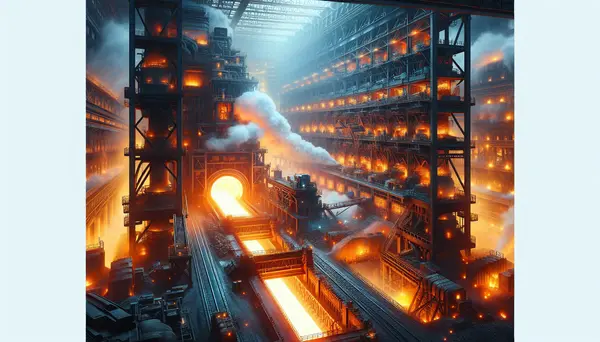Furnace
Furnace
Was ist ein Furnace?
Ein Furnace, oft als Schmelz- oder Industrieofen bezeichnet, spielt eine grundlegende Rolle innerhalb der Stahlindustrie. Dieses mächtige Gerät ist verantwortlich für die Umwandlung von rohem Eisen in das, was wir als Stahl kennen. Der Furnace nutzt extrem hohe Temperaturen, in der Regel über 1.000 Grad Celsius, um das Material zu verflüssigen und es dann durch unterschiedliche Behandlungsverfahren in Stahl umzuwandeln.
Die Funktion eines Furnace in der Stahlproduktion
Der Furnace ist der Ort, in dem der erste wichtige Schritt zur Stahlherstellung stattfindet - die Reduktion von Eisenerz zu Eisen. Der Furnace tut dies, indem er das Eisenerz erhitzt, wodurch der Sauerstoff aus dem Erz entfernt wird, und den Rest melzt, um Roheisen zu erzeugen.
Tonarten von Furnace
Es gibt verschiedene Arten von Furnace in der Stahlproduktion und im Handel. Die am häufigsten genutzten sind der Hochofen, der Lichtbogenofen und der Induktionsofen.
Der Hochofen ist der klassische Ofentyp für die Eisenproduktion. Hier wird Eisenerz zusammen mit Koks und Kalkstein erhitzt, um Roheisen zu erzeugen. Diese Methode ist sehr effizient, benötigt aber auch eine große Menge an Ressourcen.
Ein Lichtbogenofen ist eine modernere Entwicklung. Dieser Ofen verwendet elektrische Ströme, um das Material zu schmelzen. Er ist besonders effizient für die Herstellung von hochqualitativen Stählen und wird oft in kleineren Stahlwerken eingesetzt.
Ein Induktionsofen nutzt magnetische Felder, um das Material zu schmelzen. Diese Methode ist sehr effizient und wird oft in der Produktion von Spezialstählen verwendet.
Der Furnace und sein Einfluss auf den Stahlhandel
Die Art des Furnace, der bei der Stahlproduktion verwendet wird, kann einen direkten Einfluss auf den Preis und die Qualität des hergestellten Stahls haben. Beispielsweise ist Stahl, der in einem Lichtbogenofen hergestellt wird, oft teurer, aber auch von besserer Qualität als Stahl, der in einem Hochofen hergestellt wird.
Abschlussbemerkungen
Zusammenfassend lässt sich sagen, dass der Furnace ein zentrales Element in der Stahlindustrie ist. Er spielt eine entscheidende Rolle bei der Herstellung von Stahl und hat einen erheblichen Einfluss auf den Preis und die Qualität des Endprodukts.
Blog Posts with the term: Furnace
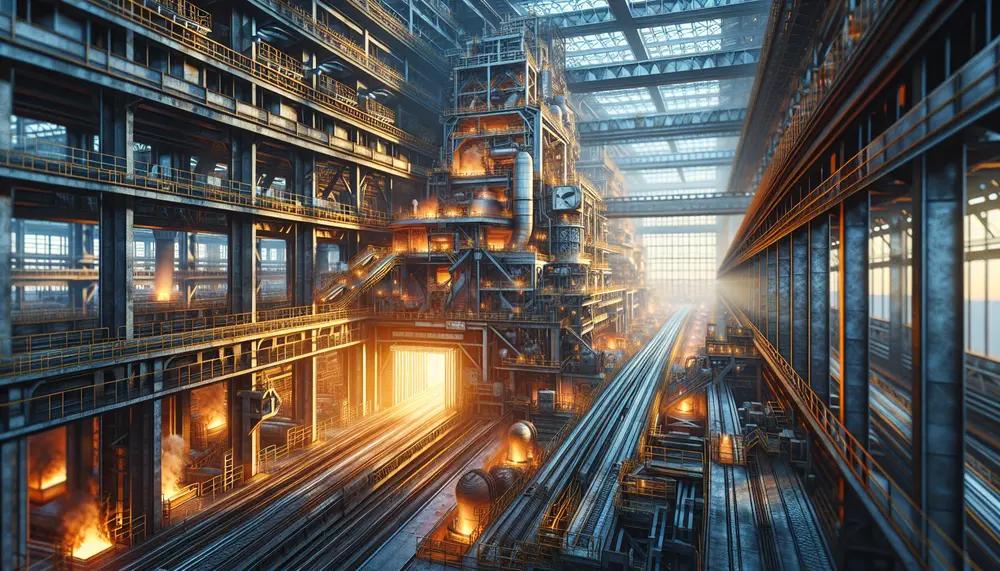
Steel making is a sophisticated process that turns iron ore into steel, involving methods like the Blast Furnace and Electric Arc Furnace to produce various grades of steel. The industry emphasizes sustainability by using additives and recycled materials while ensuring...
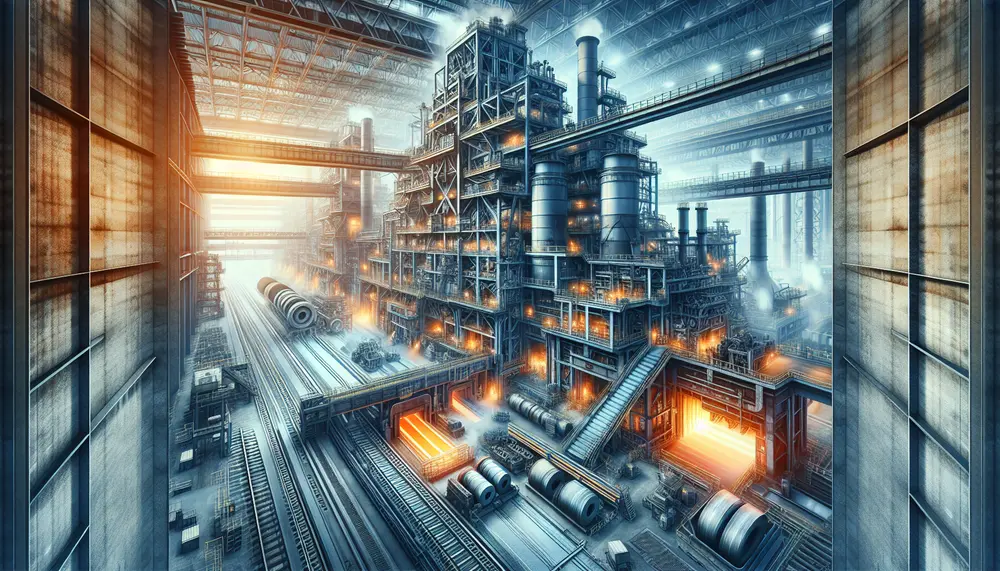
The article provides an overview of the steel making process, detailing how raw materials like iron ore, coke, and limestone are transformed into versatile and durable steel through a complex series of steps depicted in a flow diagram. It discusses...
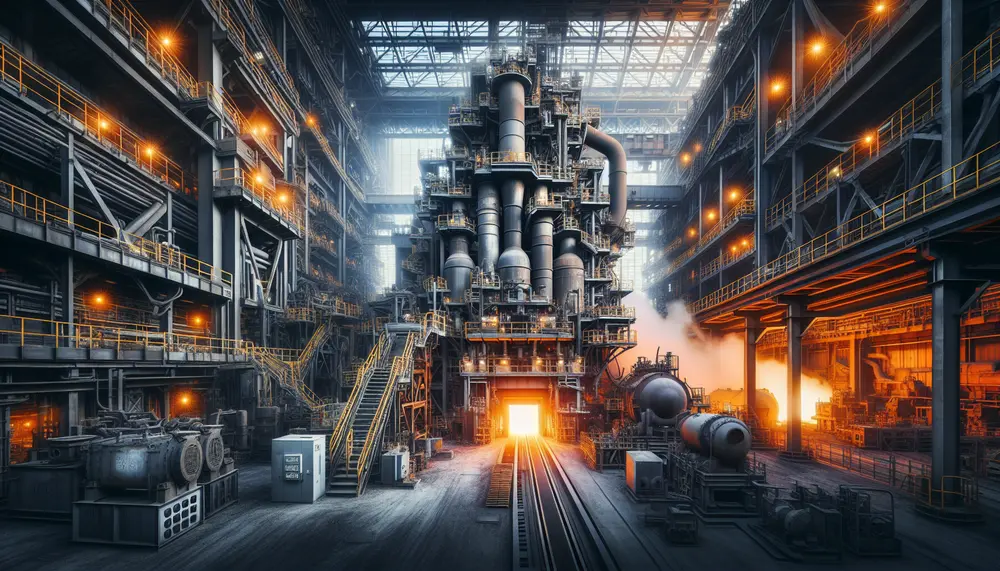
The article provides an overview of the two main steelmaking routes: blast furnace (BF) and electric arc furnace (EAF), detailing their processes, economic considerations, environmental impacts, and technological advancements. It compares BF's large-scale production with high carbon emissions to EAF's...
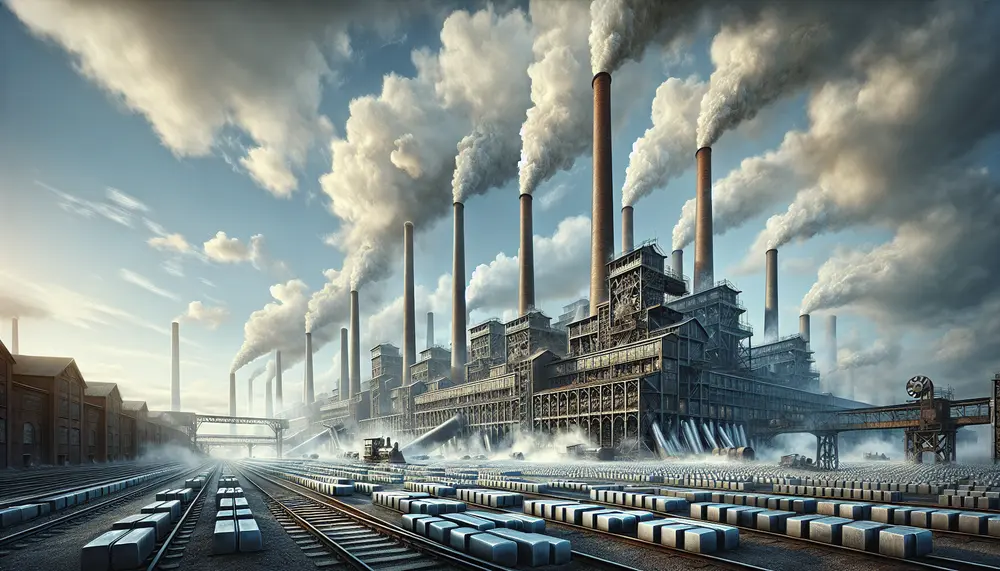
Steel production is vital in Anno 1800, requiring a strategic layout of mines and factories to efficiently transform iron ore into steel beams and weapons. Optimizing the placement and synchronization of these facilities ensures a smooth industrial operation essential for...
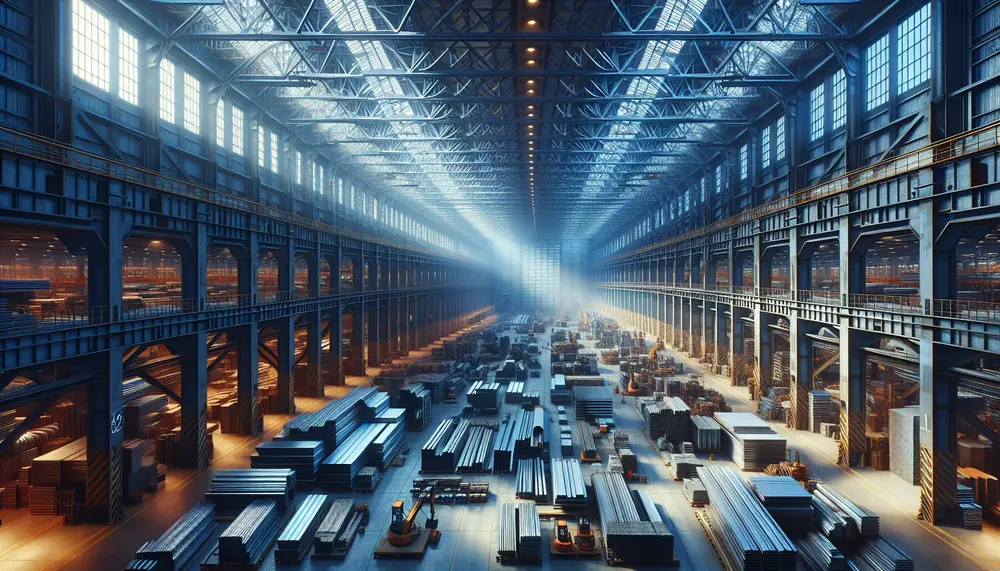
Nigeria's steel production industry is crucial for its industrial development, with potential to become a major producer due to iron ore deposits. However, the sector faces challenges such as small-scale operations and requires strategic solutions for sustainable growth. The evolution...
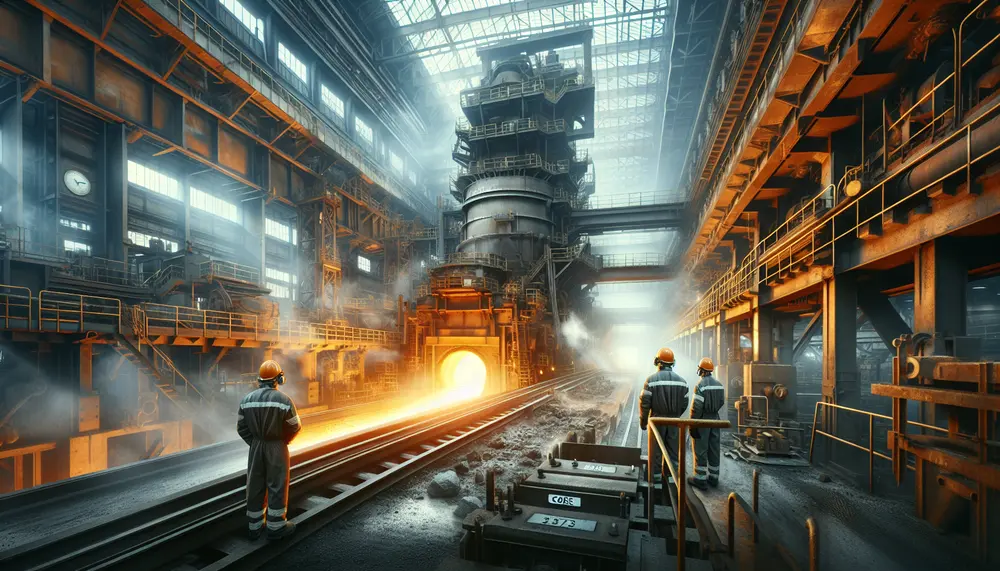
Coke is crucial in steel production, providing heat and chemical reactions for smelting iron ore while also structuring the blast furnace. However, its use emits pollutants and CO2, contributing to environmental concerns....
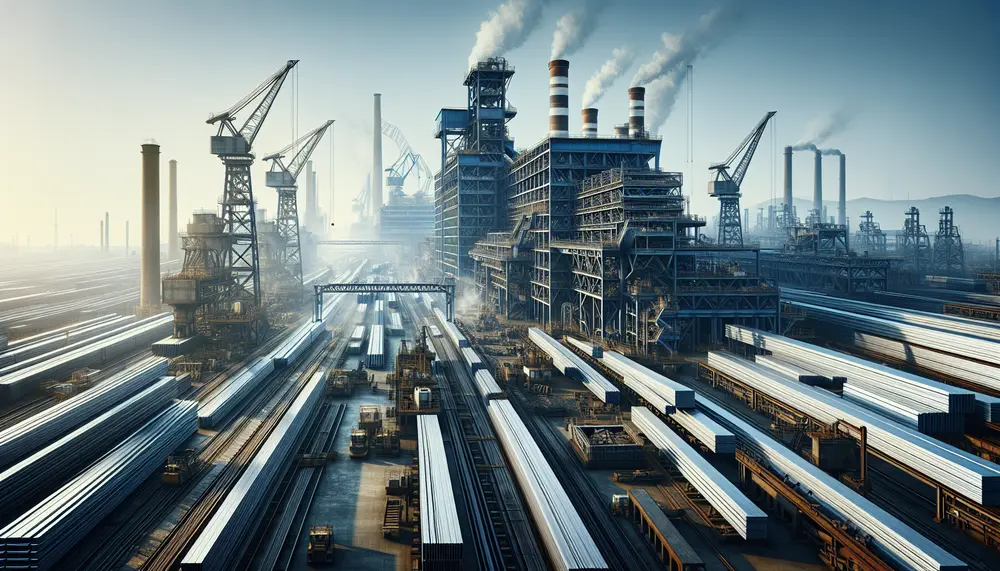
The African steel industry is growing and diverse, with varying levels of resource availability and technological sophistication across countries. It plays a crucial economic role by stimulating growth in other sectors, creating jobs, contributing to GDP, reducing import dependency, and...
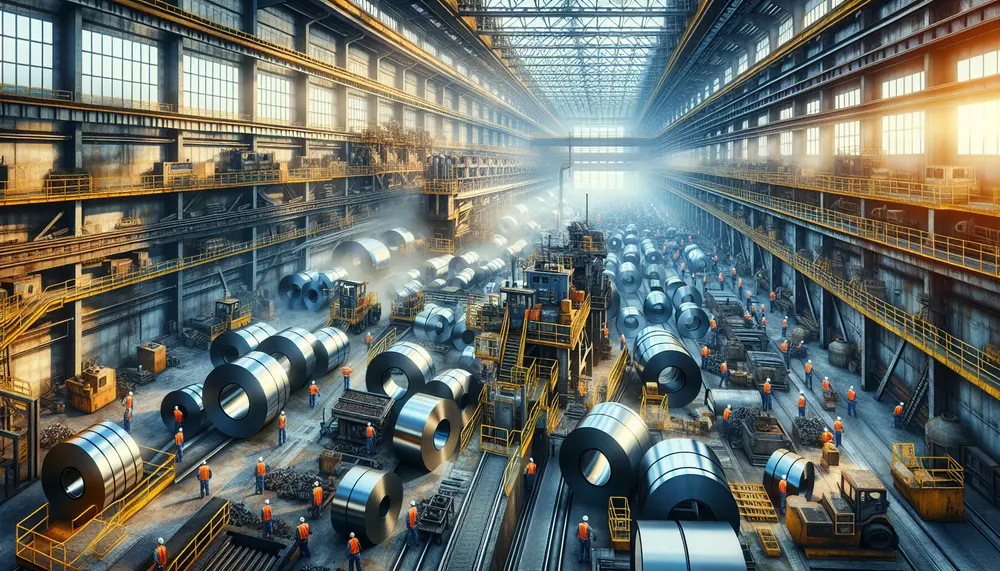
The steel industry is essential but poses significant risks to workers, including physical dangers from heavy machinery and extreme heat, chemical hazards from toxic substances, burn threats due to high temperatures in furnaces, and noise pollution leading to potential hearing...
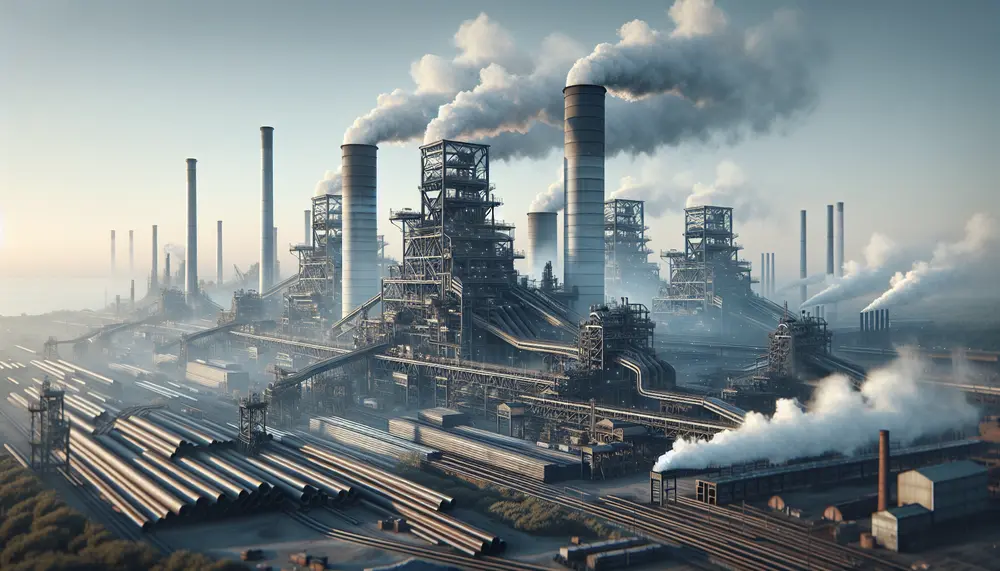
Steel production in France has grown due to technological advancements, increased demand, and strategic investments despite challenges like environmental regulations and market volatility. The industry's history shows a pattern of expansion post-WWII, peak production in the 1970s, followed by decline...
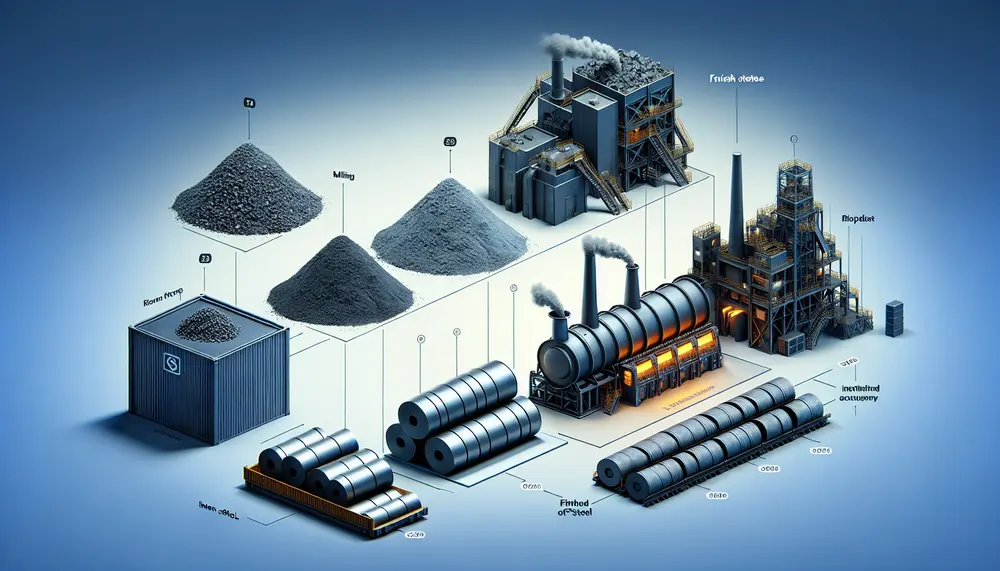
The steelmaking value chain is a complex process that transforms raw materials like iron ore, coking coal, and limestone into high-quality steel through strategic steps involving technological innovation to optimize efficiency and reduce environmental impact. Understanding this value chain helps...

Mexico's steel industry has grown significantly due to rich resources, strategic location, skilled workforce, and modern technology. Challenges include high energy costs, competition from lower-cost countries, price fluctuations, and environmental concerns....
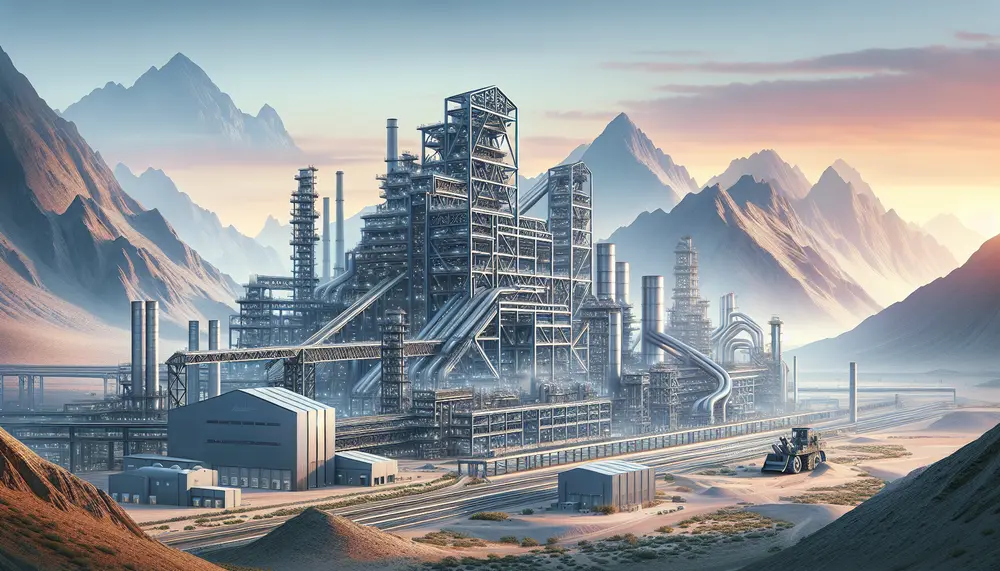
Oman's steel production has seen significant growth, contributing to the nation's GDP and infrastructure development. Strategic expansions have increased capacity to over 2.4 million tons, with key players like Muscat Steel Industries Co. LLC driving this dynamic sector forward through...
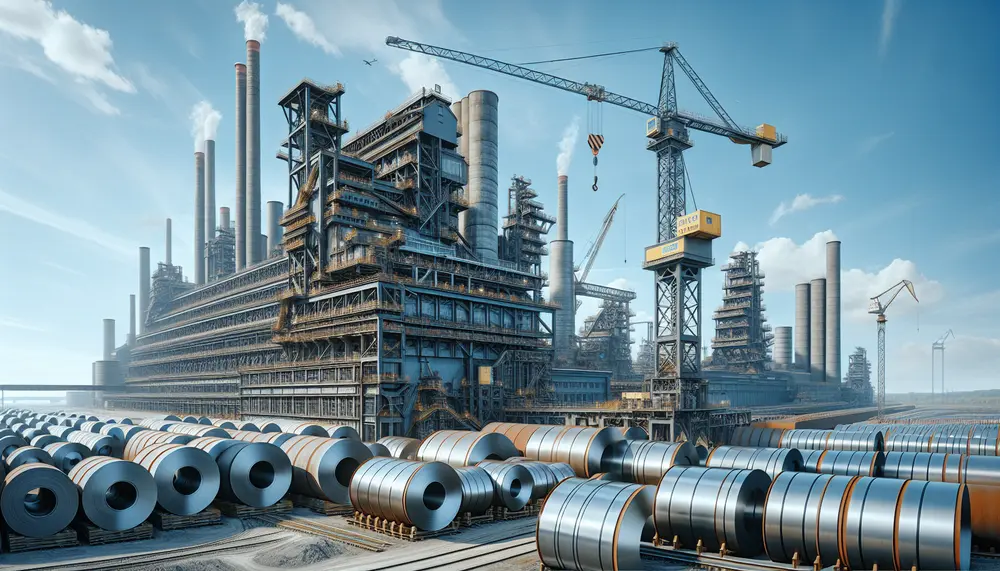
The steel industry in the Netherlands is integral to its economy, known for innovation and sustainability, with a focus on high-grade production used across various sectors. The Dutch sector's evolution has been shaped by historical shifts and strategic investments like...
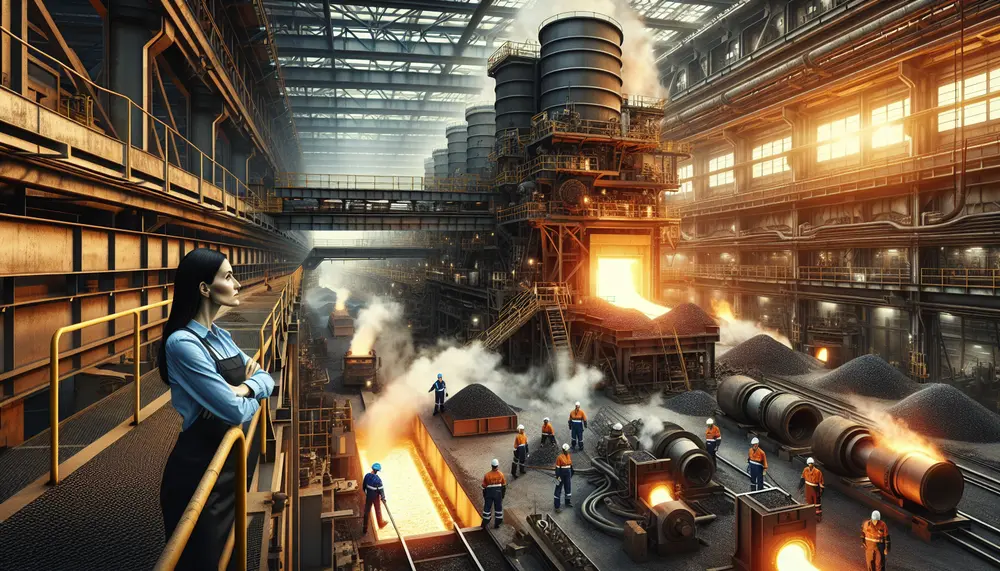
The article "Introduction to Steelmaking from Pig Iron" explores the historical and modern processes of transforming pig iron into steel, including methods like the Bessemer Process, Basic Oxygen Steelmaking (BOS), and Electric Arc Furnace (EAF). It highlights the importance of...

